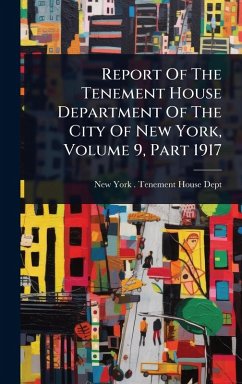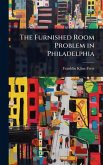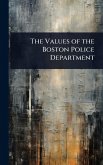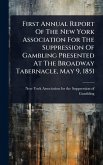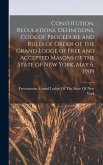This is a detailed report from the Tenement House Department of the City of New York for the year 1917. Volume 9 offers a comprehensive look into the conditions of tenement housing in New York City during this period. The report likely contains statistical data, descriptions of housing conditions, enforcement actions, and proposed reforms. It is a valuable resource for understanding the social and urban challenges faced by New York City in the early 20th century. Researchers, urban planners, and historians will find this document essential for studying housing reform movements, immigration patterns, and the development of urban policy. The insights provided reflect the complex interplay of social, economic, and political factors shaping the lives of New York City residents during this transformative era. "Report Of The Tenement House Department Of The City Of New York, Volume 9, Part 1917" offers a glimpse into the past and informs ongoing discussions about affordable housing and urban development. This work has been selected by scholars as being culturally important, and is part of the knowledge base of civilization as we know it. This work was reproduced from the original artifact, and remains as true to the original work as possible. Therefore, you will see the original copyright references, library stamps (as most of these works have been housed in our most important libraries around the world), and other notations in the work. This work is in the public domain in the United States of America, and possibly other nations. Within the United States, you may freely copy and distribute this work, as no entity (individual or corporate) has a copyright on the body of the work. As a reproduction of a historical artifact, this work may contain missing or blurred pages, poor pictures, errant marks, etc. Scholars believe, and we concur, that this work is important enough to be preserved, reproduced, and made generally available to the public. We appreciate your support of the preservation process, and thank you for being an important part of keeping this knowledge alive and relevant.
Bitte wählen Sie Ihr Anliegen aus.
Rechnungen
Retourenschein anfordern
Bestellstatus
Storno

